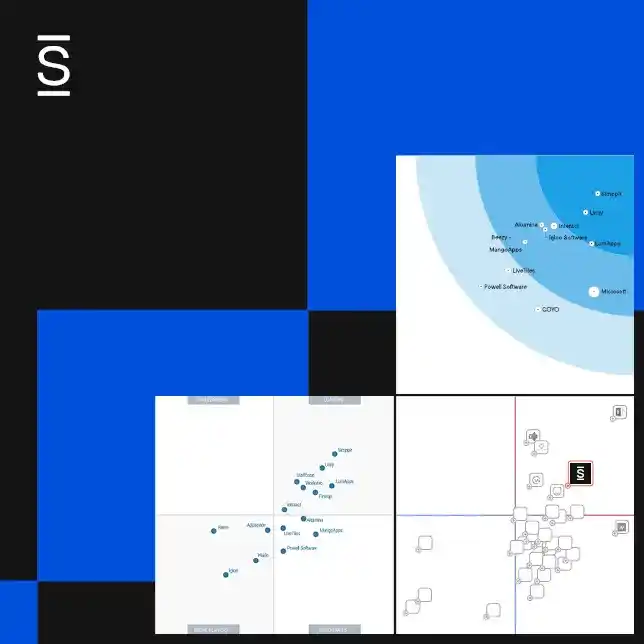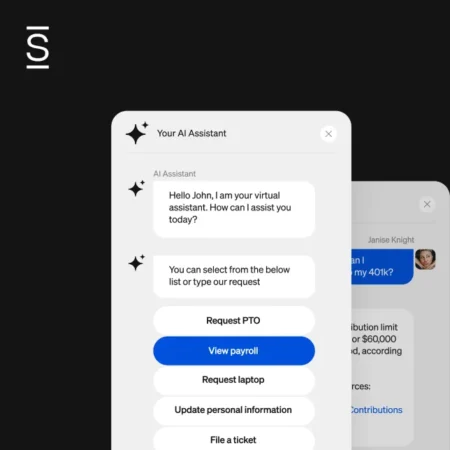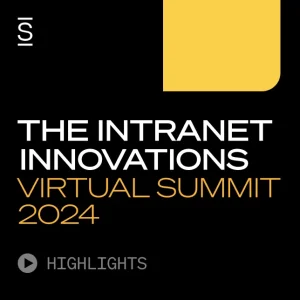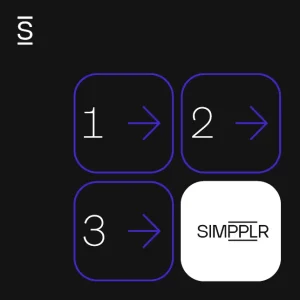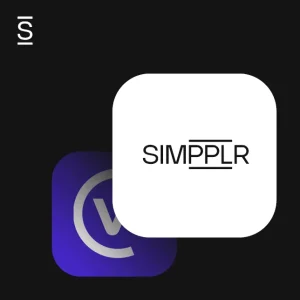While few are inclined to admit it, deep inside the walls of almost every organization, hundreds of policies and documents do little more than gather dust. Once created, these documents get filed away in the recesses of intranet sites and file directories, with little hope of a timely review for updating.
When an issue finally does arise (and one always does), an employee searches for answers. That’s when the problem becomes clear. There’s no one in charge of the mess. HR and IT leaders have had little time to deal with this problem and hoped it wouldn’t rear its ugly head. But this huge problem reflects a painful truth: it isn’t just bad governance. It’s no governance.
Until recently, this situation manifested more as an occasional nuisance than an organizational misstep. An organization may have had a work-from-home policy for 10 years, but it probably wasn’t updated before the pandemic hit.
What’s happened
Whether time or resource-constrained – and despite good intentions – HR and IT teams now face the simple fact that their policies are expiring faster than ever. Someone must fix this situation.
HR and IT leaders face additional complexity in this cascading sense of dread because their employees want clear answers to specific questions instead of sifting through 59 pages of legal jargon. And while governance, much like a digital transformation strategy, might not have been a top priority previously, it certainly is one now.
Learn more about digital transformation
Policy vs. process
Historically, HR and IT have primarily been process-driven functions, making one think that policy governance would already exist. While, in some instances, that may be true, typically, there is no headcount for a librarian or archivist responsible for managing content creation and continued maintenance required to keep pace with changing times. Even if there were a designated role to cover this, the move between systems and departmental turnover would inevitably erode this approach.
Researchers at Gartner explain, “As organizational complexity increases, HR leaders increasingly lack insight into key process activities and timelines, roles and responsibilities, frameworks and tools, or external vendors. Many global and local processes can cause ineffective HR service delivery with duplication of efforts, higher costs, and low-quality results.”
Companies often feel embarrassed when they discover that their collection of policies and other documents, which involve hundreds of hours spent on research, writing and review, only address 60% to 70% of the topics in their HR or IT responsibilities domain. Their surprise increases when they notice that this content contains conflicting and contradictory information, branding problems, and other issues that ultimately damage HR’s or IT’s reputation within the organization.
Explore best practices for intranet governance
Leveraging technology to close the gap
Given that policies and documents directly contribute to the employee experience, governance should be formal. But rather than add a new position to oversee governance, organizations should consider how technology can close the gap.
- What are the current systems being used?
- What role do they play in governance?
- Where is the information located?
- How do employees interact with it?
Knowing what’s in place, it becomes possible to centralize and standardize policies and streamline and support regular updates. And to give employees up-to-date answers to their most pressing questions.
Technology can transform HR and IT leaders’ approach to employee services.
With the strategic use of artificial intelligence (AI), they can enhance policy management by identifying gaps and swiftly creating new policies as necessary. This access ensures employees have easy access to all needed information in one place, making governance continuous and effortless.
How Simpplr can help
By unifying employee engagement, enablement and services using cutting-edge AI, Simpplr’s vision is to deliver a seamless and personalized work journey for every employee, no matter where or how they work. Request a demo to see how Simpplr’s Virtual Assistant can help you revolutionize employee self-service with AI-powered workflows and assistance.








